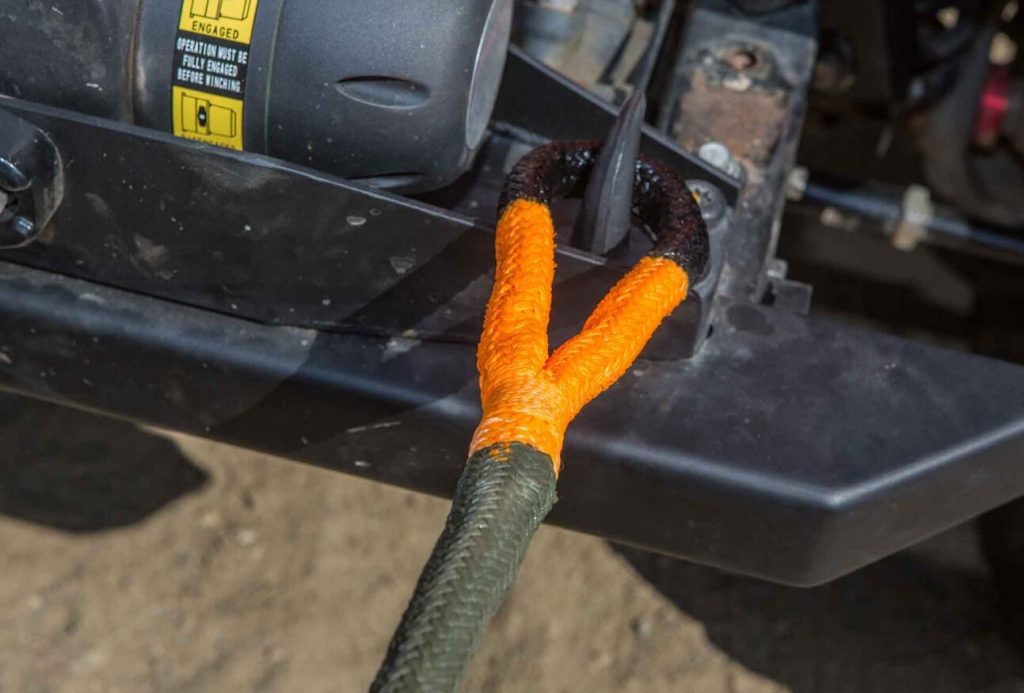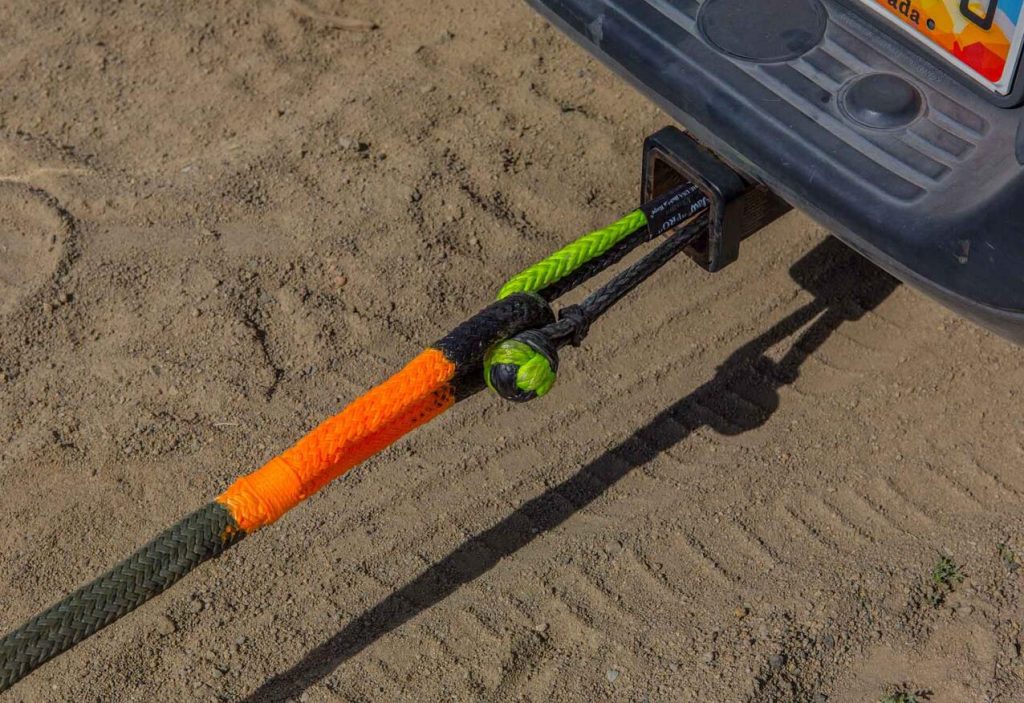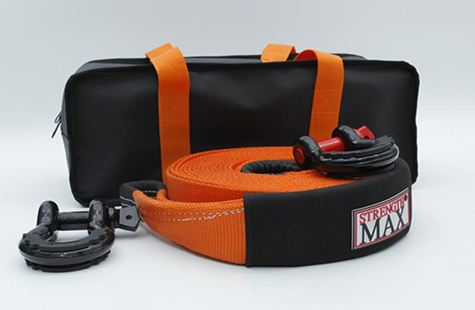6 Essential Tips for Safely Attaching a Tow Strap Without Hooks
Navigating the challenges of car towing, including blocking common mishaps, demands not only the right equipment but also a deep understanding of secure attachment techniques to ensure the security and safety of all vehicles involved, particularly when it comes to employing a tow strap without the common hook attachments. Today we delve into the nuanced approach of safe and efficient towing, emphasizing the correct attachment points and methodologies.
Understanding the Essence of Tow Straps
These indispensable tools for car recovery and towing are designed for robustness and reliability. Tow straps are designed not only for robustness but also to protect vehicles during the towing process by preventing damage.
Prime Locations for Tow Straps Attachment
Attaching at the Front
Vehicle fronts often have specific points beneath the bumper designed for secure anchoring, making them ideal for hooking towing gear. These designated spots are engineered to endure the towing pressures, offering a stable and secure anchor for the tow straps. It’s vital to connect the strap using durable and non-abrasive fittings to protect the cart’s structure from undue stress and potential damage.
Securing at the Rear
The rear of a car also hosts towing points, situated under the rear bumper. Utilizing these points for strap attachment helps in evenly spreading the towing load, which is particularly advantageous in situations requiring rear towing, like truck recovery from adverse conditions. Cart manuals are invaluable resources to find and accurately locate these attachment points.
Tow Hooks and D-Rings: An Alternative
For enhanced security, certain vehicles come equipped with tow hooks or D-rings, robust alternatives designed to withstand the stresses of towing. These components are built to withstand towing strains and are typically positioned at the vehicle’s front or rear. Ensure these elements are firmly anchored to the vehicle’s structure and paired with suitable hardware for attachment. The tow hooks and D-rings can not only provide an alternative attachment point but also protect the vehicle by ensuring the towing forces are properly distributed.
Ensuring a Secure Tow Strap Connection
- Strap Inspection: Before starting the towing process, thoroughly check the equipment for any signs of wear or damage to ensure maximum safety.
- Attachment Technique: Employ a proper method when attaching the tow straps, ensuring it’s tightly secured to the towing point, tow hooks, or D-ring. Avoid placement on sharp edges to prevent strap damage.
- Safe Distance Maintenance: Keeping a prudent distance between the towing and towed cart is essential to prevent collisions and allow sufficient reaction time for both drivers.

Leveraging Tow Straps Without Hooks
Benefits of Hook-Free Tow Straps
Eliminating hooks in recovery straps not only blocks the risk of vehicle damage but also enhances the security of the connection, offering a more secure and gentle towing solution. This approach offers a more secure and gentle towing solution.
Effective Utilization of Hook-Free Tow Straps
When opting for a hook-free tow strap, it’s crucial to identify robust and secure attachment points on the truck, such as specialized towing loops or brackets. It is very important to protect the vehicle’s body and components by avoiding attachment to parts susceptible to damage.
Selecting an Appropriate Hook-Free Tow Strap
Quality varies among hook-free tow straps, so it’s important to consider aspects like weight capacity and material durability.
Secure Attachment Points for Hook-Free Straps
When using straps without hooks, it’s essential to connect them securely to approved anchorage points designed for this purpose, such as loops or brackets. Refrain from wrapping the strap around components susceptible to towing damage.
Compatibility and Versatility
Hook-free tow straps offer unparalleled security and adaptability across a wide array of vehicles, from trucks and SUVs to compact cars, making them a versatile tool for various towing situations. It’s essential to acquaint oneself with the vehicle’s towing specifications and recommended attachment sites for optimal results.

Prioritizing Safety in Towing Without Hooks
Weight and Capacity Considerations
For maximum security, it’s imperative to consider the weight capacity of both the towing gear and the chosen attachment points, avoiding overloading and potential hazards to avert overloading and potential hazards.
Protective Strategies
Block potential abrasion or damage during the towing process by implementing protective measures, such as soft loops or straps, around attachment points to shield the truck from abrasion or damage during the towing process.
Seeking Expert Guidance
Block uncertainties and risks by consulting with a professional mechanic or towing specialist when in doubt about suitable attachment points for tow straps without hooks.
Final Thoughts
Mastering the art of towing, particularly with tow straps devoid of hooks, necessitates a careful selection of attachment points and adherence to best practices for securing the strap. By following the guidance outlined in this detailed manual, you can ensure a safe and successful towing operation, safeguarding the integrity of the vehicles involved. Investing in high-quality towing equipment, such as the Thispower nylon snatch strap, and embracing prudent towing practices will greatly enhance the safety and efficiency of your towing endeavors.
For additional security in transporting cargo, consider incorporating Rooftop Cargo Tie Down Hook Straps, a Car Top Carrier Bag, and Ratchet Straps. The Thispower nylon snatch strap offers comprehensive solutions for your towing and travel needs, ensuring a safe and streamlined experience.
FAQs on Tow Straps Without Hooks
- What defines tow straps and their importance in towing?
Tow straps are robust tools essential for the safe transportation of carts in breakdowns or emergencies, with products like the Thispower nylon snatch strap being highly regarded for their durability. - Optimal front attachment point for a tow strap?
Front towing points, typically situated underneath the front bumper, are engineered for secure towing harness attachment, ensuring a stable towing setup. - Rear cart attachment points for towing?
Carts often feature rear towing points beneath the rear bumper, ideal for distributing towing forces evenly, particularly beneficial in rear towing situations. - How to secure a tow strap without hooks?
Inspection of the tow strap for damage is crucial before attachment. Employ proper techniques for a snug fit and consider high-quality straps like the Thispower polyester tow strap for enhanced safety. - Choosing and utilizing tow straps without hooks—what should one consider?
Opting for hook-free tow straps reduces truck damage risks. Selection should be based on weight capacity and durability, with the Thispower nylon snatch strap standing out for its adaptability and performance.

